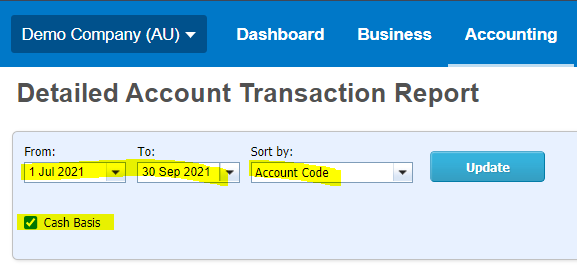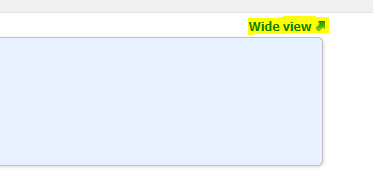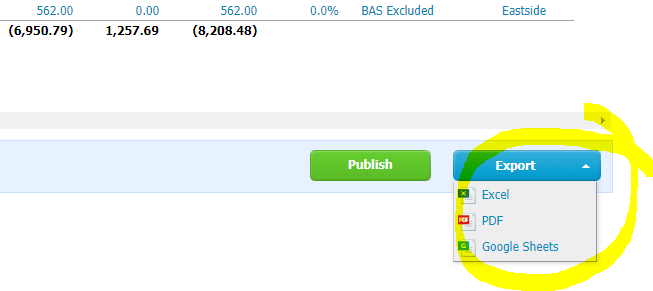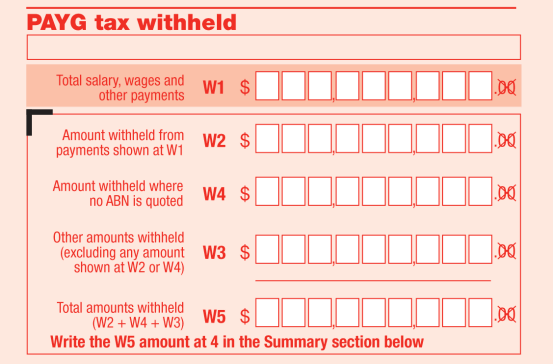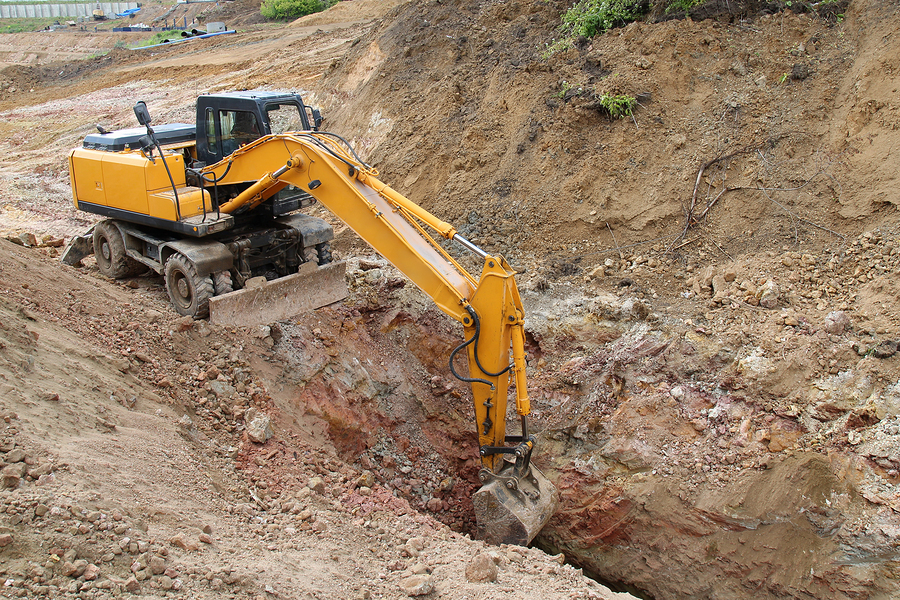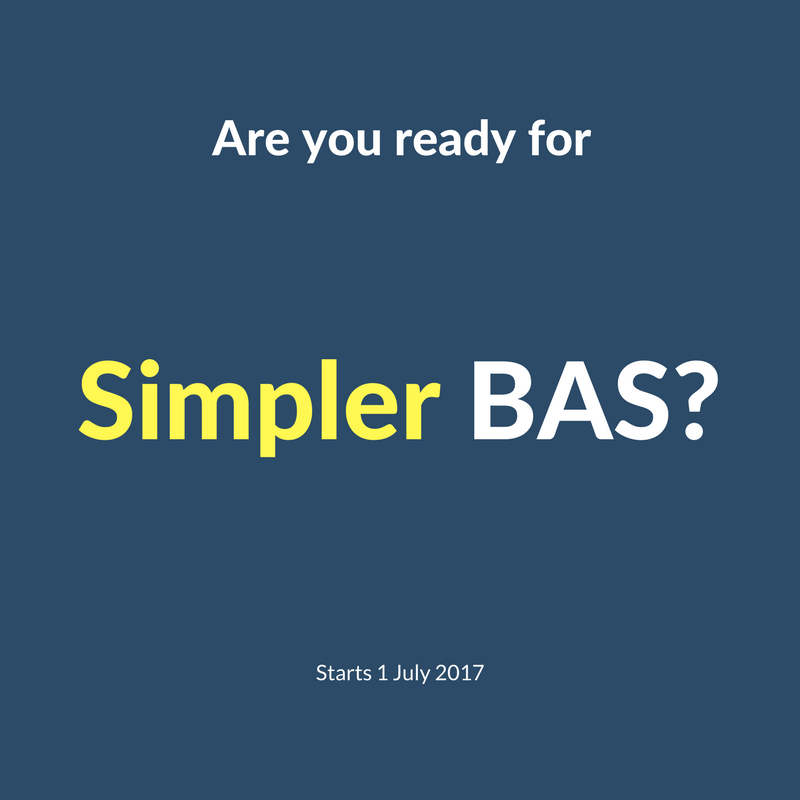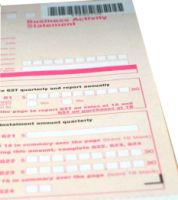Do you need to register for GST?

In that last couple of weeks, I have had 2 new clients ask me if they need to register for GST. Given that the answer is not entirely straightforward, I thought I would share the answer I gave these clients with my blog readers as it could help another business owner who may be considering the same thing.
Registering for GST is dependent on some variables. These are listed below:
Compulsory GST Registration
You or your business must register for GST if any of the following apply:
- Claiming Fuel Tax Credits (required, regardless of turnover)
- Providing taxi/limousine services (required, including ride-sharing)
- Exceeding the turnover threshold: (required if your projected or current GST turnover is $75,000 or more ($150,000 for non-profits)). “Turnover” is your business income, excluding certain things like GST and sales to associates. If a business exceeds the turnover, it must register within 21 days or face paying GST retroactively, plus penalties. Note, to determine your current GST turnover, look at your turnover for the current month plus the previous 11 months. To determine your projected turnover, look at the current month plus the next 11 months.
Voluntary GST Registration
If you don’t have to register, should you? Consider these pros and cons for your business:
Pros
- Claiming back GST on business expenses.
- Increased business credibility – being registered could make your business look more professional.
- Some suppliers prefer to deal with GST-registered businesses.
- If you are an exporter/importer, being GST-registered can make things easier.
Cons
- More paperwork and administration.
- Potentially extra costs if you choose to use an external tax professional to prepare and lodge your business activity statements (BAS).
- Prices might seem higher to non-GST registered customers so they may avoid buying from you.
- Cash flow can be tricky, especially when it comes to setting aside the GST collected from sales. It’s crucial to resist the temptation to use those funds before your BAS is due.
- GST-registered businesses may be at increased risk for ATO audits.
Key takeaway: GST registration is mandatory in certain situations. If it’s optional, weigh the pros and cons carefully based on your business needs. If a business does choose to register, generally it must stay registered for at least 12 months.
How to register for GST
If you decide to register for GST or are required to do so, you can do this when you apply for an ABN (Australian Business Number). Note, you must have an ABN before you can apply for GST registration. To set this up go the Australian Business Register website.
If your business is up and running and you want to add GST registration to your ABN, go to the Business Registration Register, or Online Services for Business (OSFB). Alternatively, you can ask your tax professional to register your business for GST on your behalf.
Do you need to register for GST? Read More »


